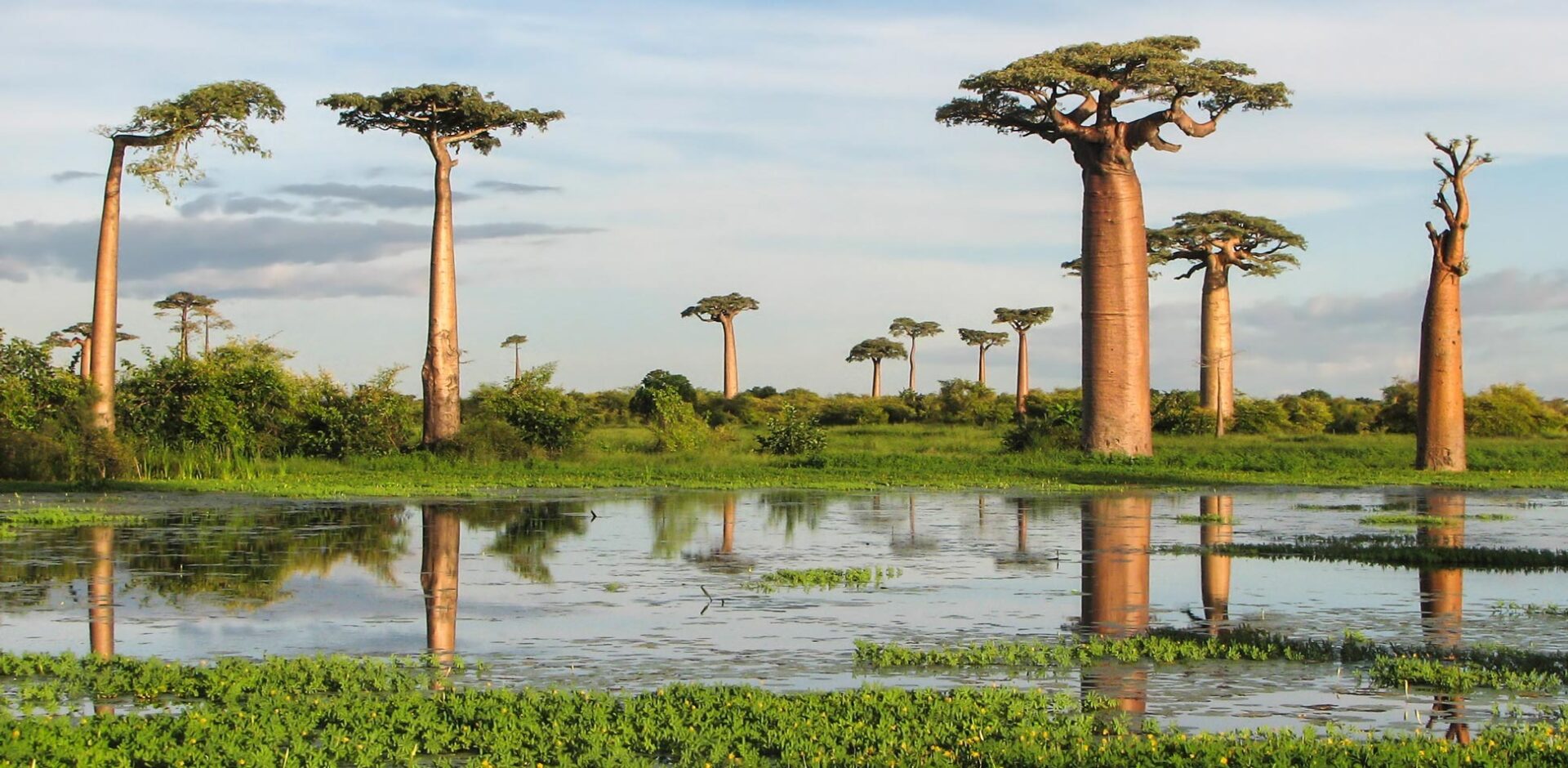Situated hundreds of miles off the Mozambique coast, Madagascar stands as one of the most distinctive and unparalleled destinations on our planet. This island nation boasts a diverse landscape with golden shores, verdant mountains, rugged limestone karsts, and dramatic arid canyons. What sets Madagascar apart is not just its stunning scenery but its unique biodiversity, with 90 percent of its wildlife found nowhere else on Earth. Whether one seeks pristine beaches, untouched rainforests, or a blend of history and modern cuisine in the capital, Antananarivo, Madagascar caters to varied tastes.
Venturing into the heart of Madagascar, encountering its iconic lemurs becomes a captivating experience. With nearly 100 species and sub-species, lemurs, ranging from the tiny pygmy mouse lemur to the majestic indri, are endemic to the island. National parks like Andasibe-Mantadia and Ranomafana offer glimpses of these charismatic primates, along with other endemic species such as tenrecs, civets, and the fossa, a cat-like creature.
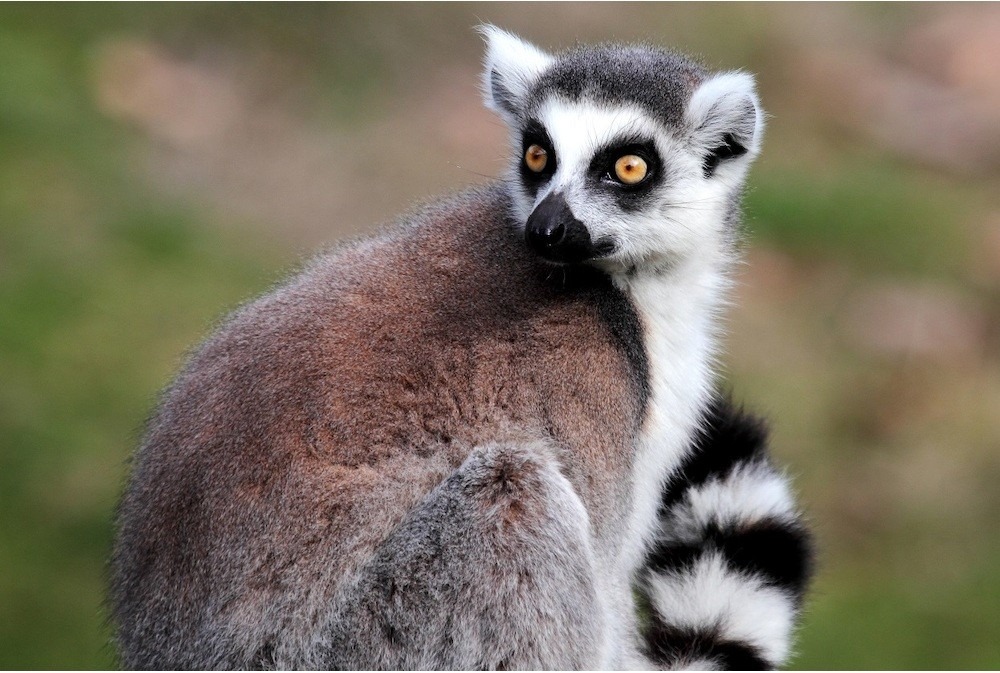
For those seeking aquatic adventures, swimming with whale sharks off the northwestern island of Nosy Be is an unparalleled opportunity. From September to December, these gentle giants gather to feed on blooming plankton, offering a remarkable spectacle. Baleines Rand’eau and other operators provide snorkeling trips, ensuring a 95 percent success rate in spotting these colossal fish. The underwater exploration also unveils Madagascar’s rich marine life, including turtles, manta rays, and dolphins.
Among the island’s natural wonders are the iconic baobab trees, often referred to as the “Tree of Life.” Madagascar is home to six endemic baobab species, with the Avenue of the Baobabs in the Menabe region standing out as a famous site. These colossal trees, some exceeding 30 meters in height, create a surreal landscape along the Morondava-Belon’i Tsiribihina road.
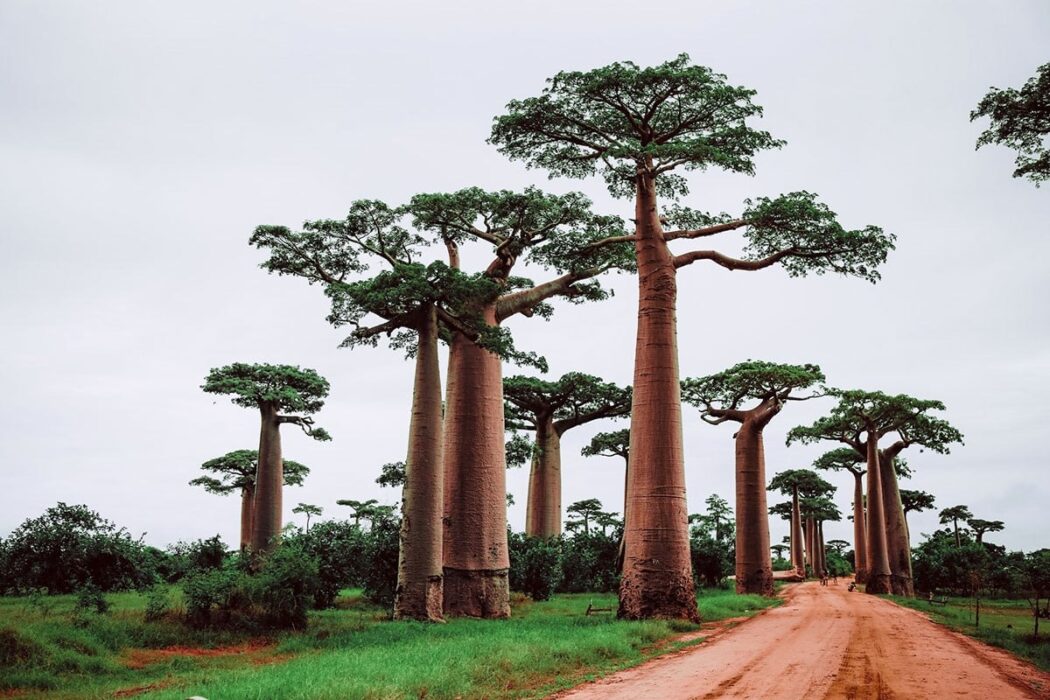
Exploring the capital city, Antananarivo, unveils a tapestry of history, culture, and culinary delights. Founded in the 17th century, the city, known as Tana, bears witness to the Merina kingdom’s legacy and French colonial influence. The Haute-Ville area showcases beautiful architecture, while art galleries, museums, and the Analakely Market provide cultural immersion. Tana’s culinary scene offers a diverse range, from street-food delicacies to fine French dining, reflecting the island’s international flair.
For underwater enthusiasts, Madagascar’s extensive coastline provides exceptional scuba diving opportunities. The Tuléar reef in the southwest, the world’s third-largest coral reef system, hosts over 6,000 marine species. Nosy Be island is a renowned diving destination, with charter boats in the north serving as dedicated diving liveaboards. The ideal conditions, with good visibility year-round and warm water temperatures, create an underwater paradise featuring whales, dolphins, sharks, and manta rays.
Sampling local cuisine is an essential part of any Madagascar visit. Traditional Malagasy dishes, characterized by meat or seafood with vegetables and rice, offer a flavorful experience. Street food delights like koba, a banana, peanut, and rice paste, showcase local creativity. Romazava, a traditional beef stew, and kabaro, a curry with lima beans and coconut, provide a taste of Madagascar’s culinary diversity.
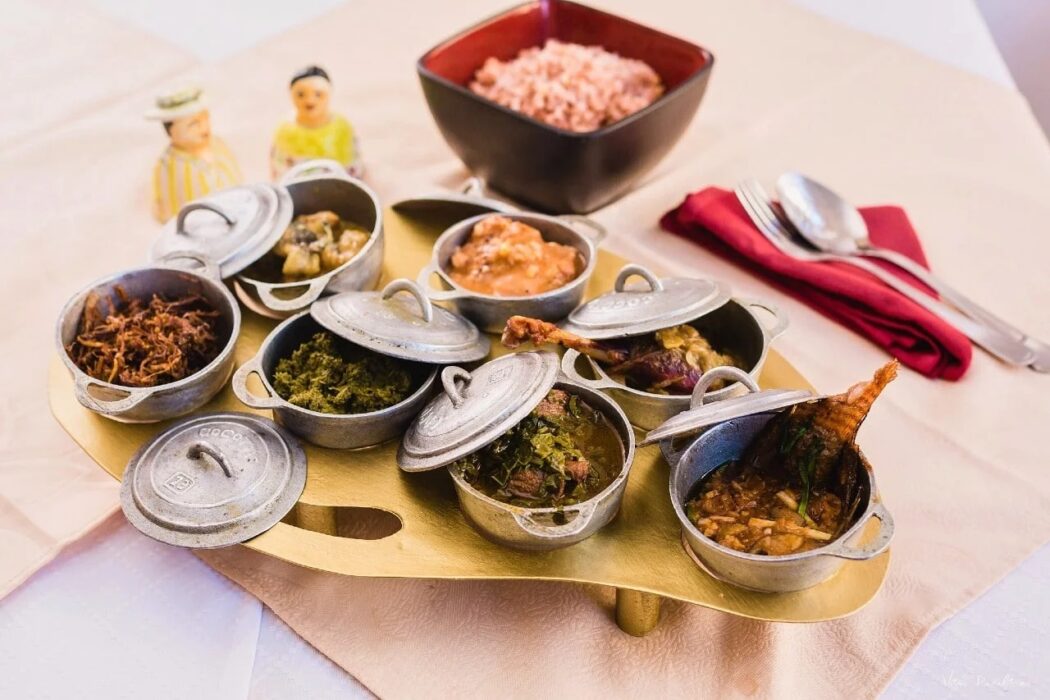
The otherworldly landscapes of Madagascar extend to the limestone karsts of Tsingy de Bemaraha National Park. Formed around 200 million years ago, these karsts create a unique forest of jagged limestone needles, canyons, and waterfalls. The park not only mesmerizes with its prehistoric scenery but also offers opportunities to spot lemurs, reptiles, birds, and distinctive botanical species.
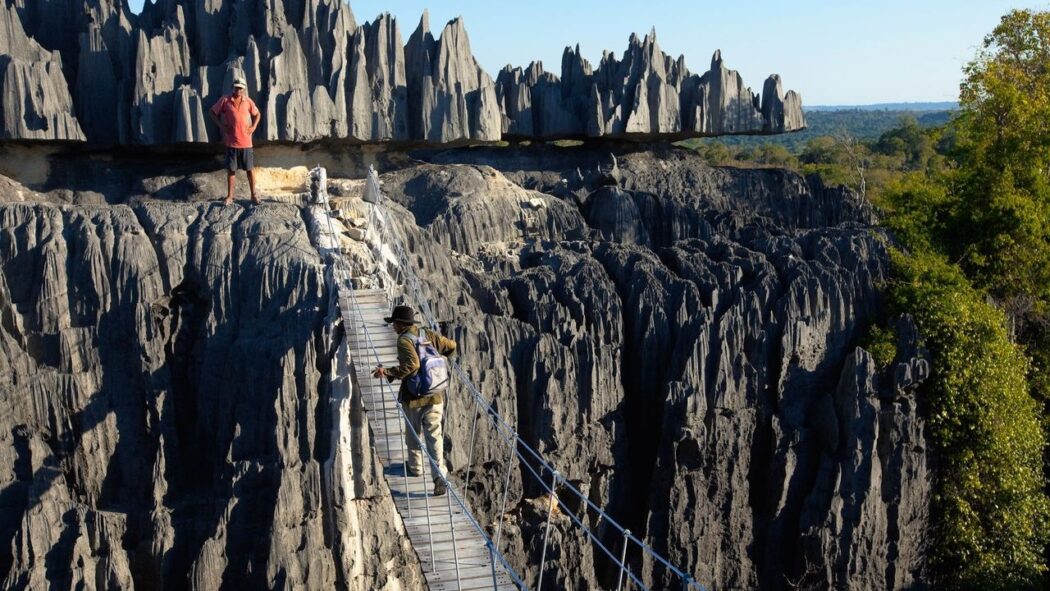
Birdwatching enthusiasts will find Madagascar a haven with approximately 280 bird species, over 100 of which are endemic. Ranomafana National Park, home to rarities like the short-legged ground roller and the yellow-bellied sunbird-asity, stands out as a prime birding destination. The diverse regions of eastern rainforest, southern spiny bush, and western deciduous forests provide varied habitats for endemic bird species.
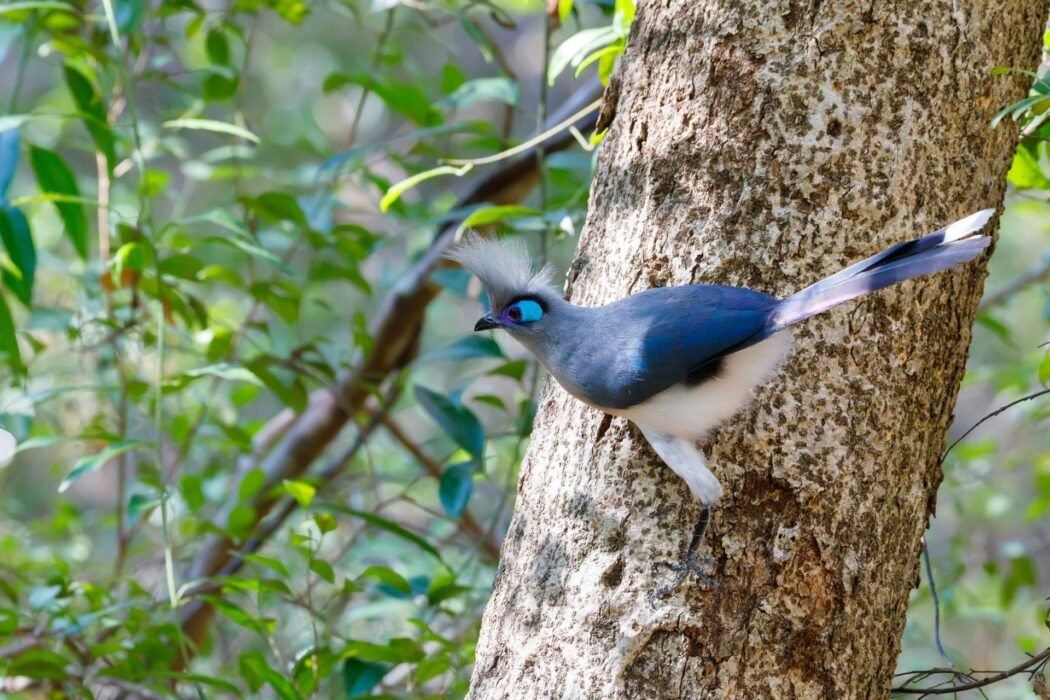
Madagascar’s pristine beaches, with white sand and azure waters, further enhance its allure. Islands like Tsarabanjina, Nosy Iranja, and Île aux Nattes offer paradisiacal escapes with deserted sandy coves and crystalline seas. Anakao’s southern beaches provide ideal conditions for surfing and kite surfing, attracting water sports enthusiasts.
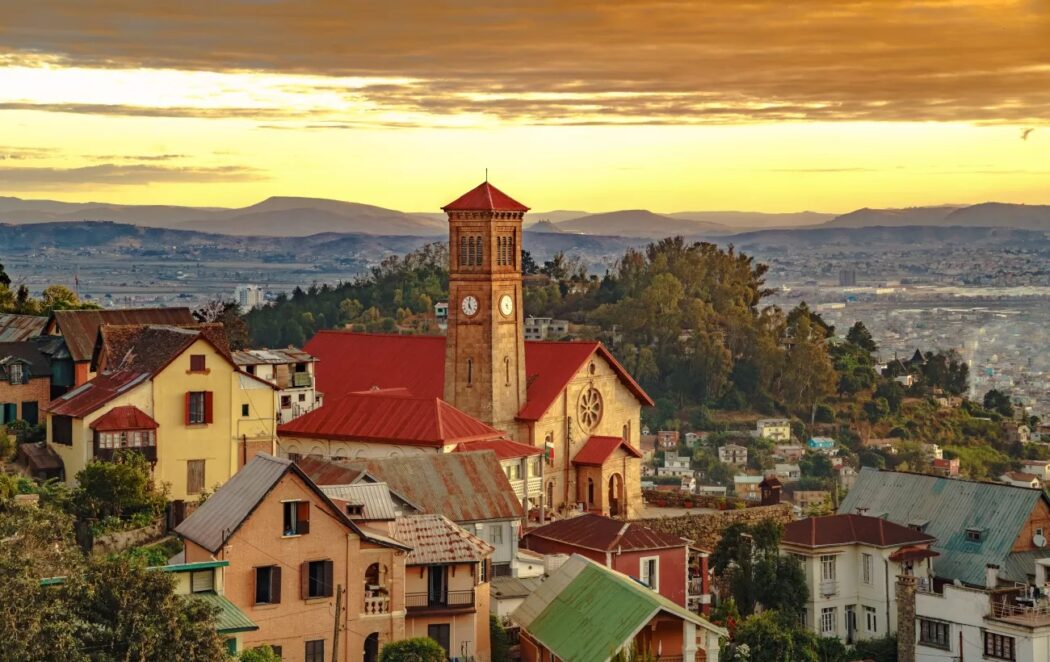
Witnessing the annual humpback whale migration becomes a highlight for visitors between July and September. Île Sainte-Marie, off the northeastern coast, hosts hundreds of humpback whales seeking warm waters for mating and giving birth. Whale-watching tours offer opportunities to witness acrobatic displays by these majestic creatures.
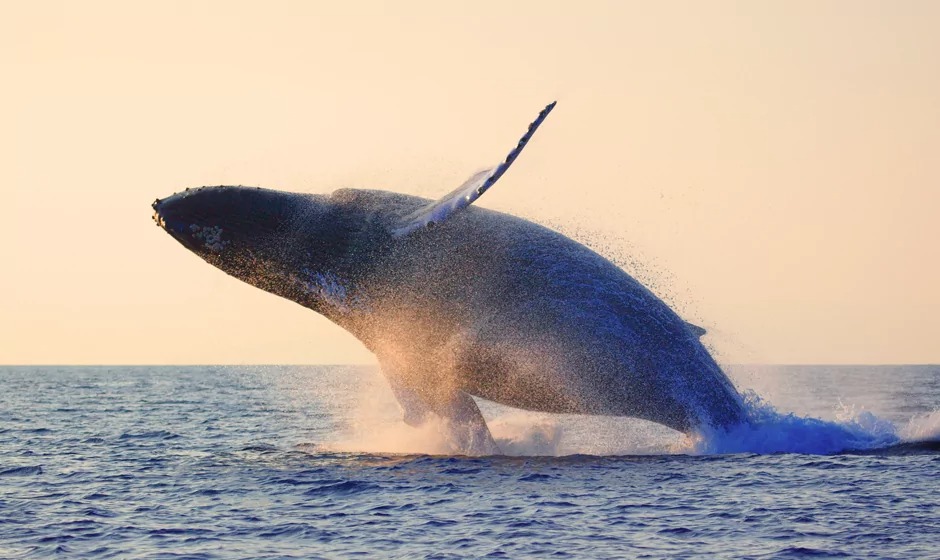
Isalo National Park, spanning over 190,000 acres, stands as a nature lover’s paradise with pandanus tree forests, natural swimming holes, and dramatic geological formations. The park’s diverse wildlife includes lemurs, birds, reptiles, and amphibians, providing a rich experience for hikers and nature enthusiasts.
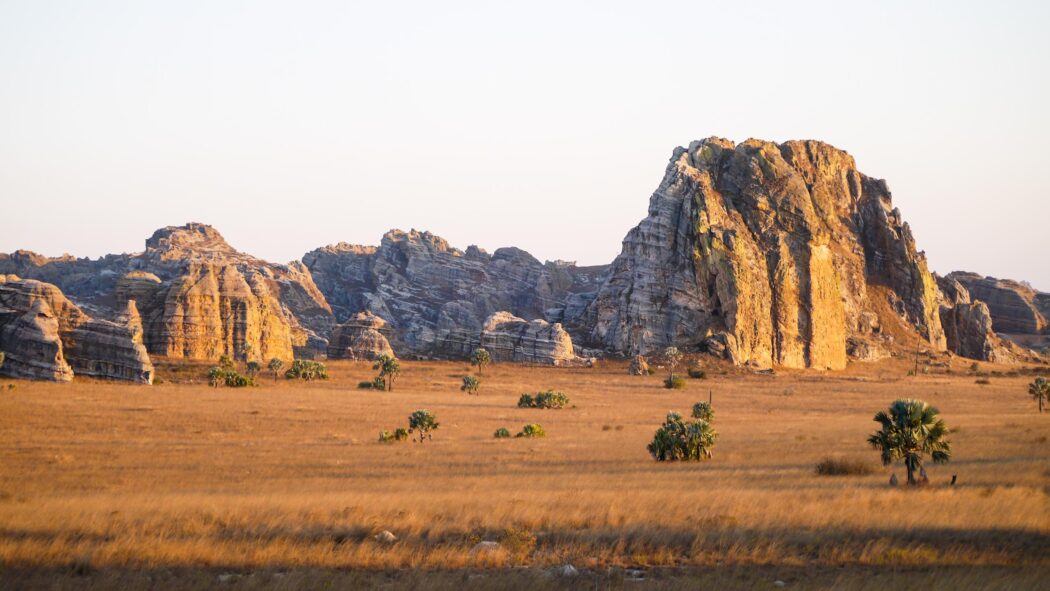
Lokobe Nature Special Reserve, located in Nosy Be, serves as the island’s last lowland rainforest. Accessible by traditional dugout canoes, the reserve is a haven for wildlife enthusiasts, featuring nocturnal lemurs, chameleons, and unique bird species like the endangered black lemur.
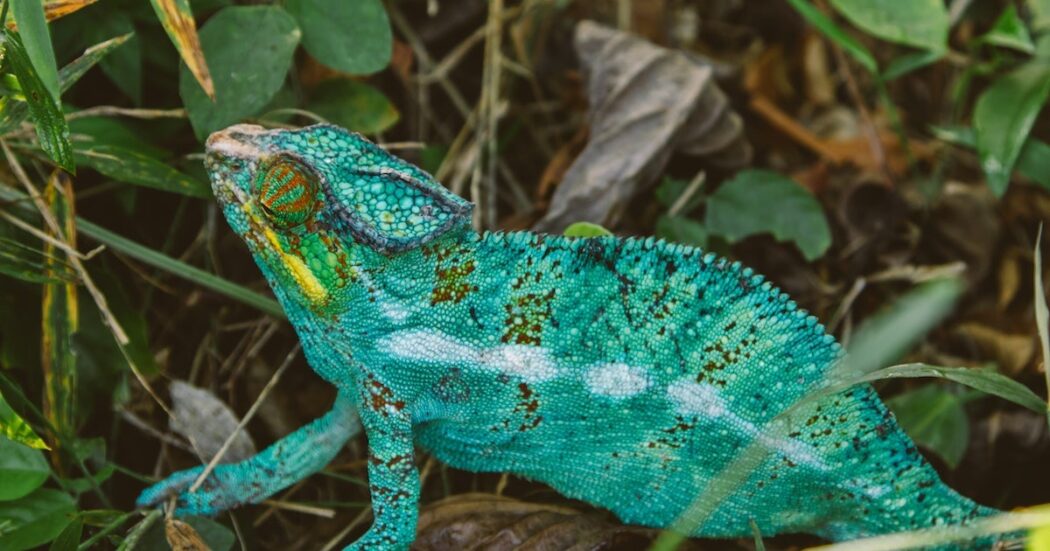
In conclusion, Madagascar’s allure lies in its unparalleled biodiversity, captivating landscapes, and a wealth of activities catering to diverse interests. Whether exploring the rainforests, diving into coral reefs, or relaxing on pristine beaches, Madagascar offers a unique and enriching experience for every traveler.


